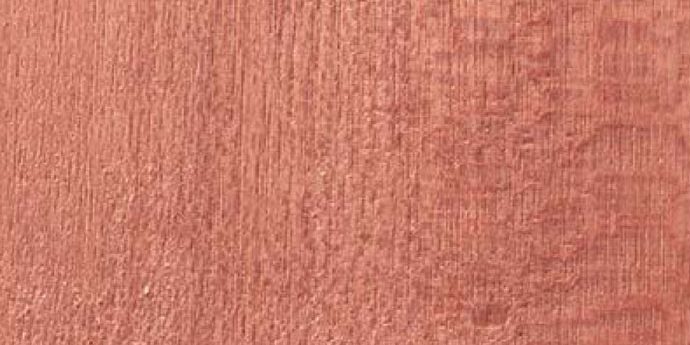Meranti vs Pine Wood | Understanding the Differences
Meranti and Pine wood are two popular choices in Malaysia for furniture and construction projects. Each offers distinct features and benefits. Here, we’ll explore the key differences between these two types of wood, helping you make the right choice for your needs.
Meranti Wood
Meranti wood, native to Southeast Asia, is a moderately durable and versatile hardwood known for its affordability and functionality. It is widely used across various applications, including furniture, plywood, and general construction.
Key Characteristics of Meranti Wood:
- Durability & Stability: Suitable for indoor projects but requires treatment for outdoor use due to moderate resistance to rot and insect attacks.
- Appearance: Its color ranges from light pink to reddish-brown with straight to interlocked grains, offering a coarse texture and subtle natural luster.
- Versatility: Commonly used for plywood, veneers, and boatbuilding due to its stability and ability to hold glue well.
- Varieties: Includes subcategories like Light Red Meranti, Dark Red Meranti, White Meranti, Yellow Meranti, and Balau, each with unique properties.
Pine Wood
Pine wood, a lightweight and affordable softwood, is known for its natural beauty and workability. It is widely used in interior millwork, construction, and carving due to its adaptability.
Key Characteristics of Pine Wood:
- Durability & Versatility: Offers moderate to low rot resistance but is strong and flexible for a variety of uses, from crates and boxes to construction materials.
- Appearance: Typically light brown to pale yellow with straight grains and a smooth texture. The sapwood is nearly white, while the heartwood can exhibit reddish-brown hues.
- Workability: Easy to work with both hand and power tools, though certain species like Longleaf Pine require extra effort due to resin content.
- Species Variety: Over 120 species worldwide, with Eastern White Pine, Sugar Pine, and Longleaf Pine being the most commonly used.
Comparison at a Glance
| Feature | Meranti Wood | Pine Wood |
| Scientific Name | Shorea spp. | Pinus |
| Type | Hardwood | Softwood |
| Color | Light pink to reddish-brown | Pale yellow to light brown |
| Durability | Moderately durable | Moderately resistant |
| Rot Resistance | Low to moderate | Moderate to low |
| Applications | Plywood, veneers, furniture, boatbuilding | Construction, millwork, carving, crates |
| Workability | Easy but can pose challenges with interlocked grains | Easy; resin can occasionally hinder workability |
| Density | Higher than pine | Relatively low, making it lightweight |
Which is Better for Outdoor Use?
While neither Meranti nor Pine wood is naturally highly rot-resistant, both can be adapted for outdoor use with proper treatment:
- Meranti: Treated Meranti wood performs well outdoors but requires regular maintenance to prevent insect attacks and rot.
- Pine: With proper sealing and staining, Pine wood can endure outdoor conditions. However, its lightweight nature makes it less stable compared to Meranti.
Conclusion
Meranti wood is ideal for those seeking a durable, stable hardwood for indoor projects or occasional outdoor applications with proper care. On the other hand, Pine wood, with its affordability and flexibility, suits lighter, more decorative purposes and can also be used outdoors when treated.
For high-quality Meranti or Pine wood supplies in Malaysia, trust Creatimber Global Sdn Bhd—your reliable partner in premium Malaysian wood solutions. Visit www.creatimber.com.my for more details.






